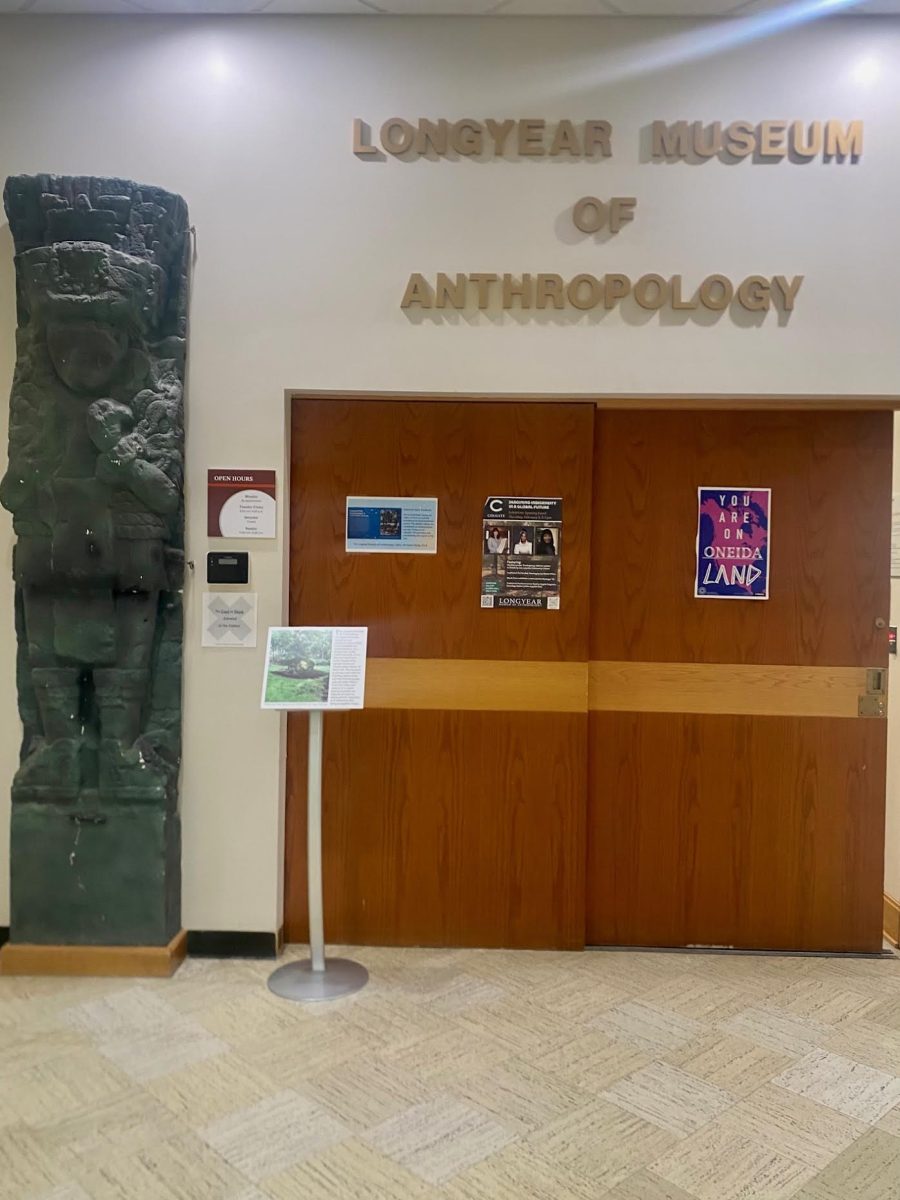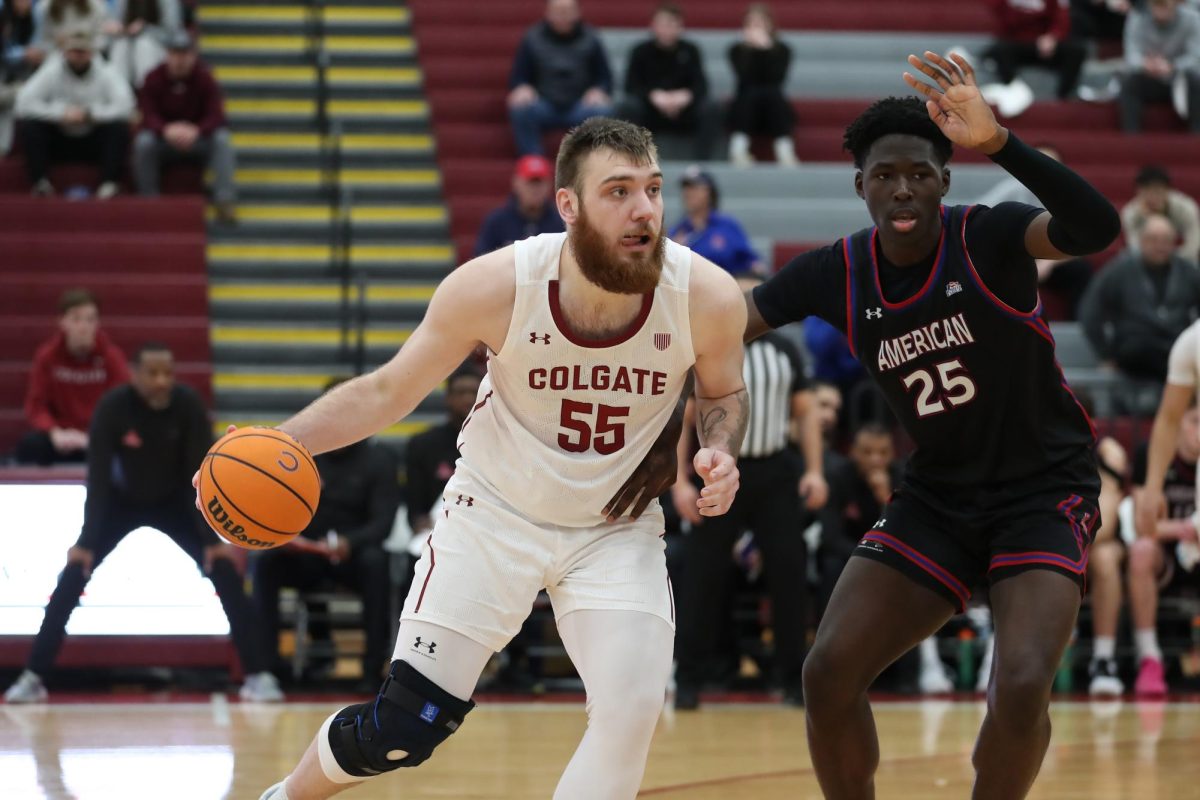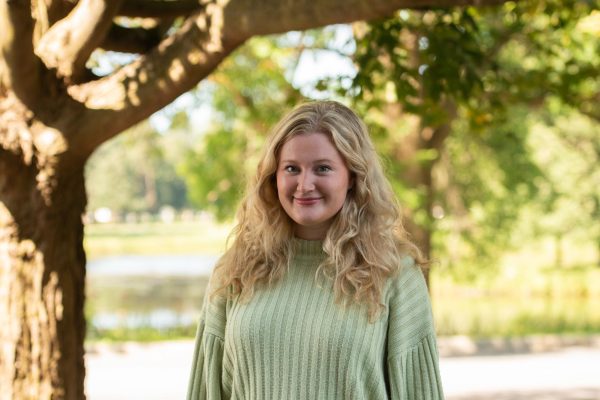The Longyear Museum of Anthropology, located inside Alumni Hall at Colgate University, announced that it will be temporarily closed for the semester. The museum — which made the announcement via Instagram on Wednesday, Sept. 6 — cited the decision as an effort to focus on local repatriation matters.
Co-Director of University Museums and Curator of the Longyear Museum of Anthropology Rebecca Mendelsohn explained that repatriation projects have already been well under way at the museum.
“We’ve worked on a number of different repatriations. We don’t always share the details for these because we like to kind of follow the lead of our community partners,” Mendelsohn said. “So whichever tribe or nation that we’re working with, if we are talking about NAGPRA, which is an acronym that stands for the Native American Graves Protection and Repatriation Act, […] sometimes they like to share things publicly. Sometimes they do not. Often they do not. But some of the work that we’ve been doing has been with the Oneida Indian Nation.”
In the fall of 2022, the museum worked on a project that sent 1,520 funerary belongings back to Oneida Indian Nation. More recently, they worked with the Mexican consulate and also have 14 other active NAGPRA cases.
Mendelsohn explained that the museum cannot work on their current repatriation projects in the thorough capacity that they want while also keeping the museum up and running.
“I think one thing that people don’t always know is how much work is always happening behind the scenes in museums […] But there’s always really important work happening behind the scenes,” Mendelsohn said. “Sometimes we feel like we don’t have enough time to devote to that. And that’s always been true of repatriation projects.”
Curatorial Assistant Summer Frazier echoed the importance of closing to shift more focus toward repatriation.
“We don’t have a lot of staff, so in order to meet our obligations we decided to close,” Frazier said. “It’s the right thing to do. There was really no other way to do this.”
Along with repatriations, the museum is working on cementing new policies and practices that will guide the museum after it reopens.
“Another big project we’re working on this semester is policy writing,” Mendelsohn said. “We have adopted a lot of practices along the way, and in part based on communications and collaborations we have with communities we’re working with. And some of these things are kind of informal […] But I think we’re at a point now where we’d like to formalize these things and have more conversations with people about them and make sure we’re all in alignment with how we’d like to proceed on some key pieces like collections management and other behind-the-scenes practices.”
Though the museum will be closed, Frazier is curating a small new display that will involve themes from Robin Wall Kimmerer’s book “Braiding Sweetgrass.” The exhibition will be up on Oct. 11 on the second floor outside the gallery in Alumni Hall. It will be open through the spring semester.
Mendelsohn and the rest of the Longyear Museum staff were pleased that “Braiding Sweetgrass” was incorporated into the core curriculum. The new display is intended to be a resource for classes that are studying the book.
“Our hope is to kind of provide a resource for people who, faculty in particular, are teaching with that material to have a kind of a standalone resource that they can use with some educational materials,” Mendelsohn said.
The museum plans to reopen sometime in February 2024. The staff considered working on a remodeling project, but ultimately decided to come back with a new exhibition instead.
“We’re not doing any major remodeling or anything like that,” Mendelsohn said. “Although there was a moment where we thought we might be able to make that work, it became too complicated. The space will look the same but the content will look different.”
Repatriation Manager Kelsey Olney-Wall explained that repatriation is a long process, and that is why it is the top priority of the museum for the time being.
“Repatriation is a thoughtful and careful process,” Olney-Wall said. “It takes time. We balance working on our continued compliance with NAGPRA, our responsibilities to our community leaders and members, and any voluntary international requests that come in. Our compliance with NAGPRA, which is federal law, takes precedence when it comes to this work.”
















